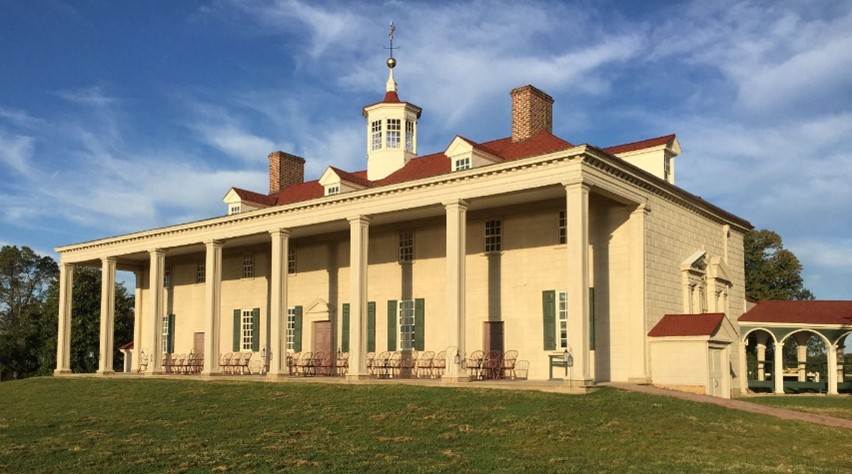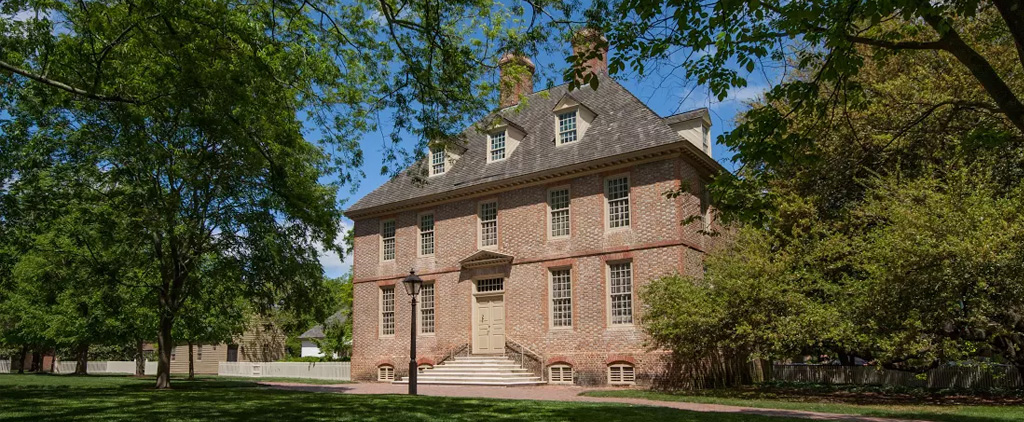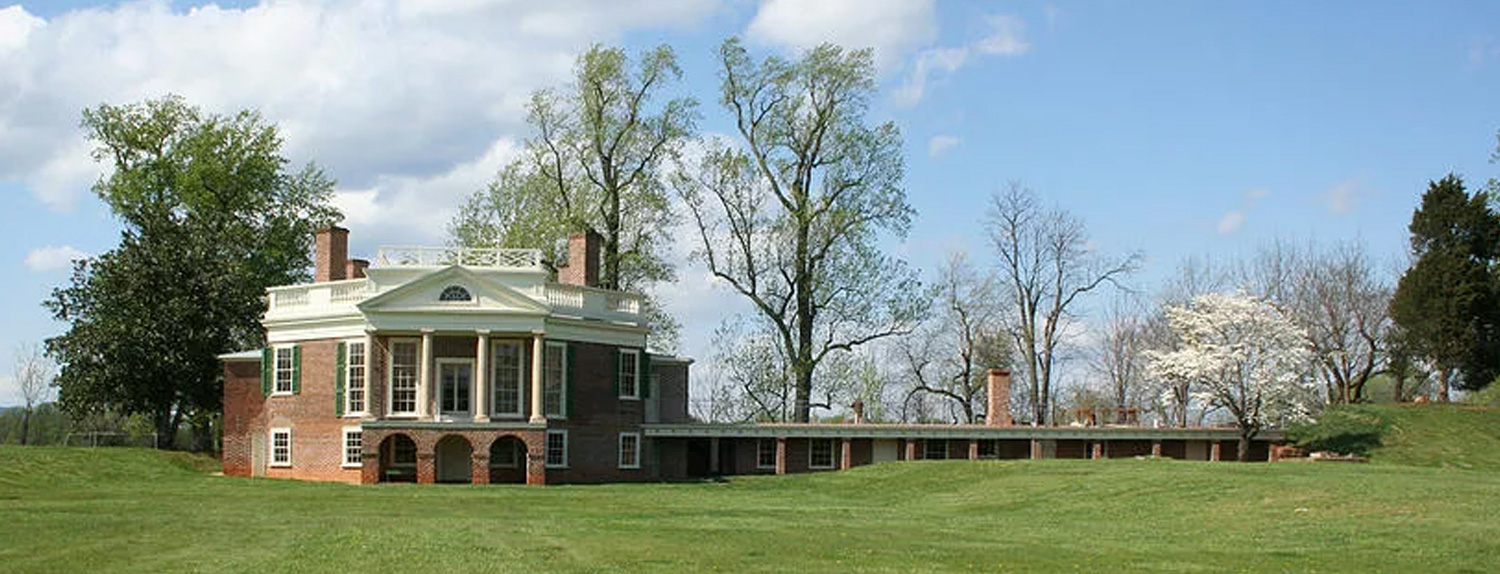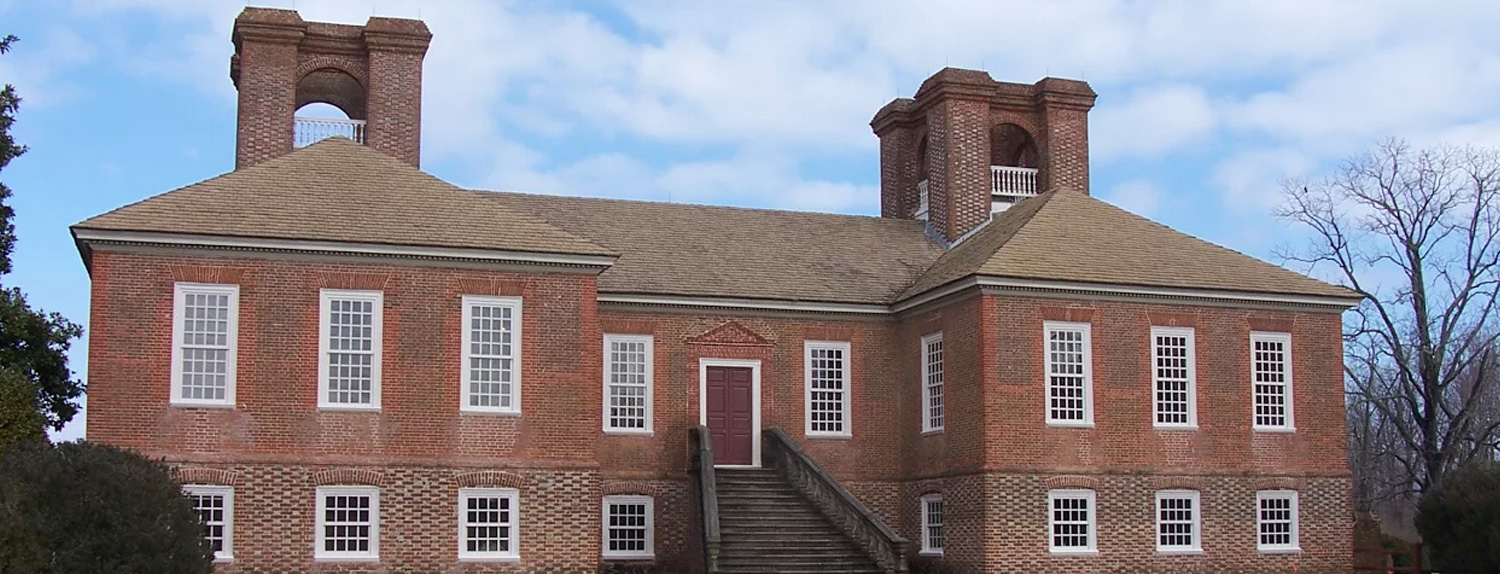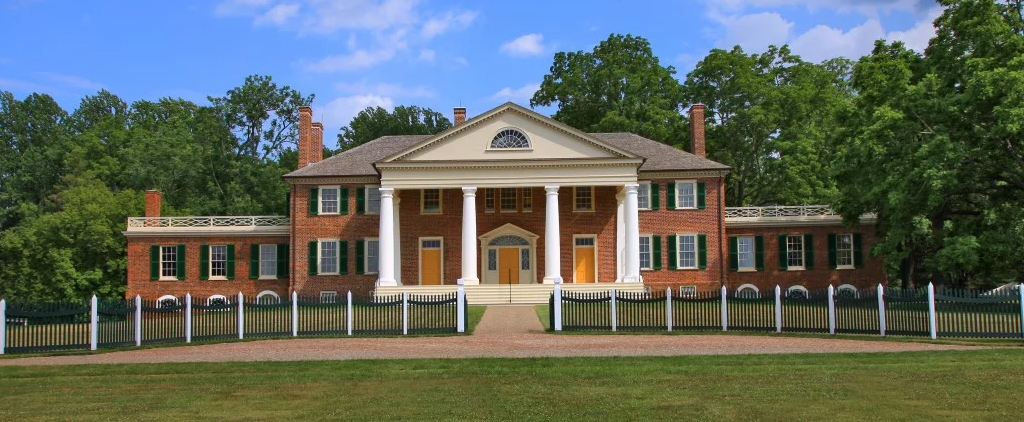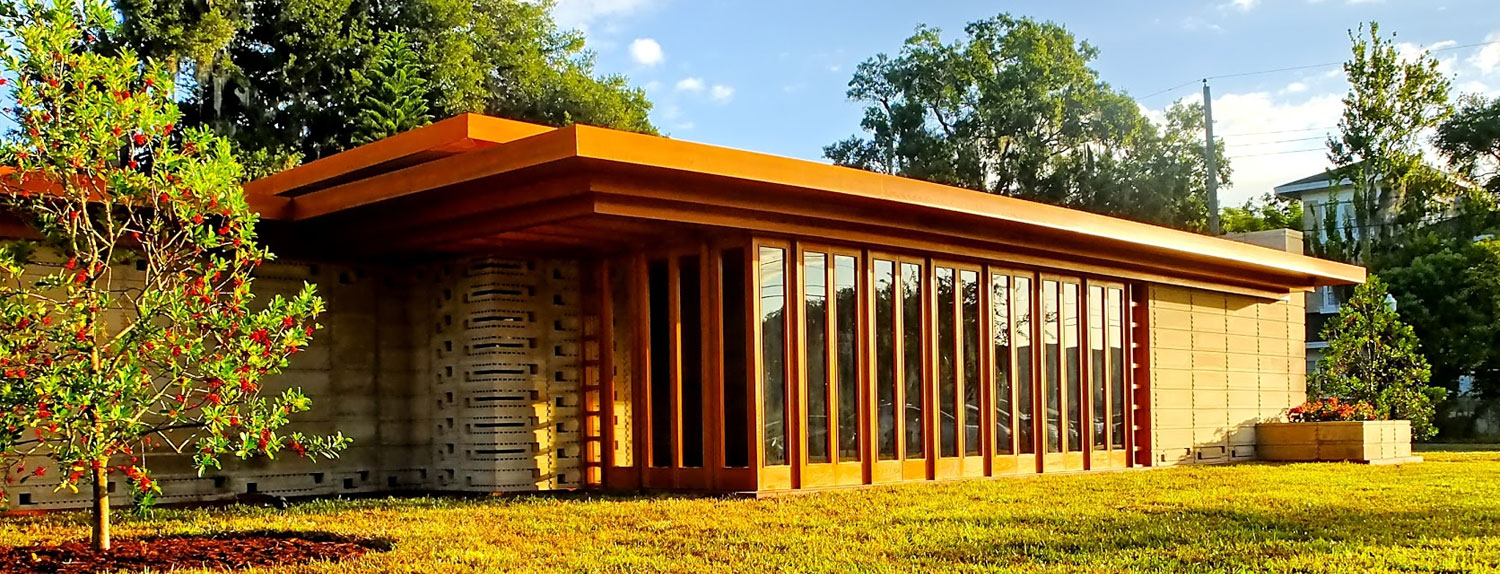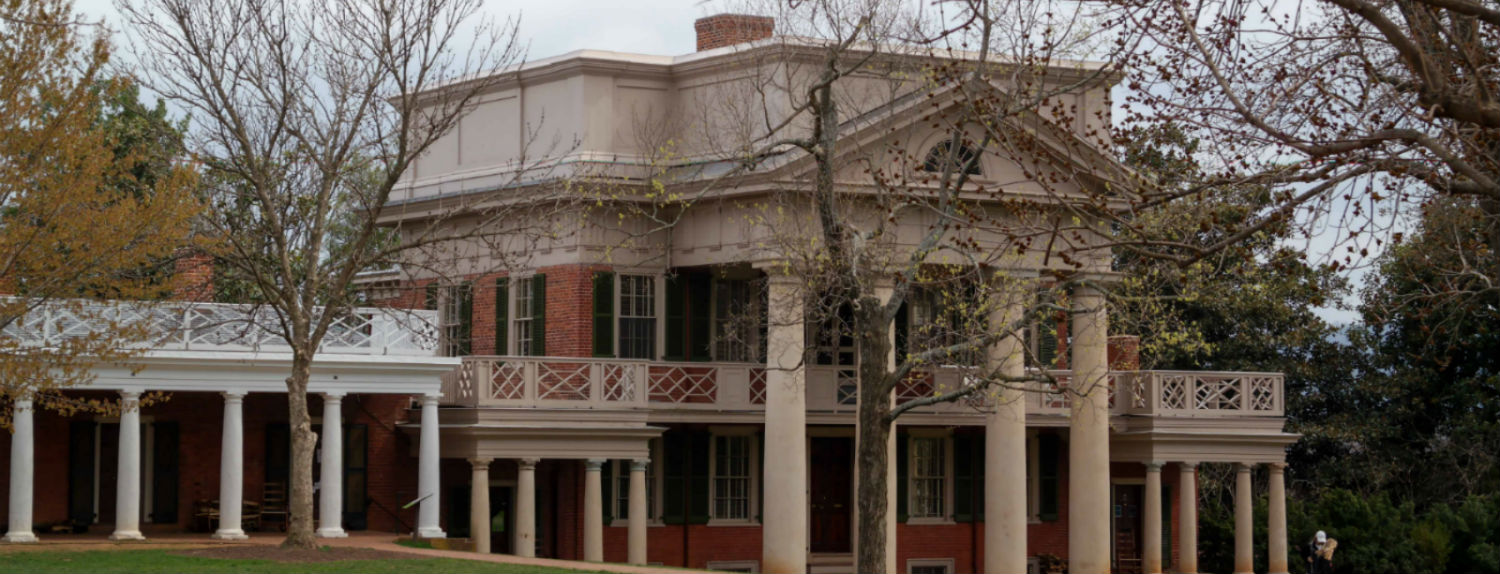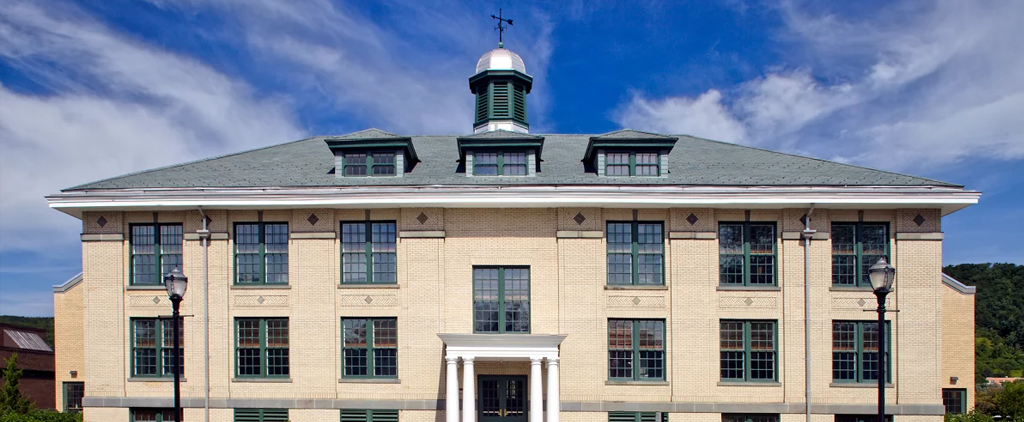This project initially consisted of an assessment and schematic design level of detail to describe improvements necessary to extract certain utilities from the mansion and return the cellar to its appearance in 1799. Also, prior mechanical systems have created conditions in the cellar that have enhanced deterioration of the masonry. This project is focused on stabilizing the temperature and humidity conditions. The work has expanded to the design development phase.
The HVAC system work focuses on modifying the sequences of operation to achieve a more stable indoor environment that satisfies the criteria of an ASHRAE Applications Chapter 23 goal of a hybrid Class C conditions. In particular, the most difficult season is summertime with very hot humid conditions. The systems are intended to include desiccant dehumidification equipment to mitigate the extreme conditions.
The mansion has over one million visitors per year requiring a substantial amount of outside air for the visitors and to positively pressurize the mansion so that when the doors are open so frequently, the unconditioned outside air does not rush in.
The electrical systems within the mansion are being replaced to upgrade aging systems as well as to reduce the number of circuits and eliminate excessive visible cabling distribution in the cellar.

